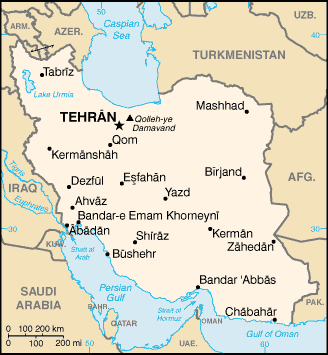In a follow-up to reports on the H1N1 influenza outbreak in Iran, new reports say that the number of “swine flu” related fatalities in the country has nearly doubled since mid-December to 112 deaths, up from 57. Most of the deaths were recorded in southeastern Iran.

“About 1,190 people have been diagnosed with the (H1N1) virus and hospitalized” and “the death toll has reached 112,” a health ministry official told state news agancy IRNA.
Mohammad Mehdi Gouya, the head of the ministry’s communicable diseases department, said the outbreak was “under control” and expected to diminish reiterating Iran’s health minister Hassan Ghazizadeh Hashemi, who said the same think a couple of weeks ago.
According to the World Health Organization, the influenza viruses are classified into types A, B and C on the basis of their core proteins. Only types A and B cause human disease of any concern.
H1N1 is a flu virus. When it was first detected in 2009, it was called “swine flu” because the virus was similar to those found in pigs.
The H1N1 virus is currently a seasonal flu virus found in humans.
The symptoms and transmissability of H1N1 influenza are the same as seasonal flu.
Influenza A (H1N1) is characterized by higher fatality rates among healthy young adults and higher incidence of viral pneumonia.
Related:


One thought on “Iran ‘swine flu’ update: Deaths double in two weeks”